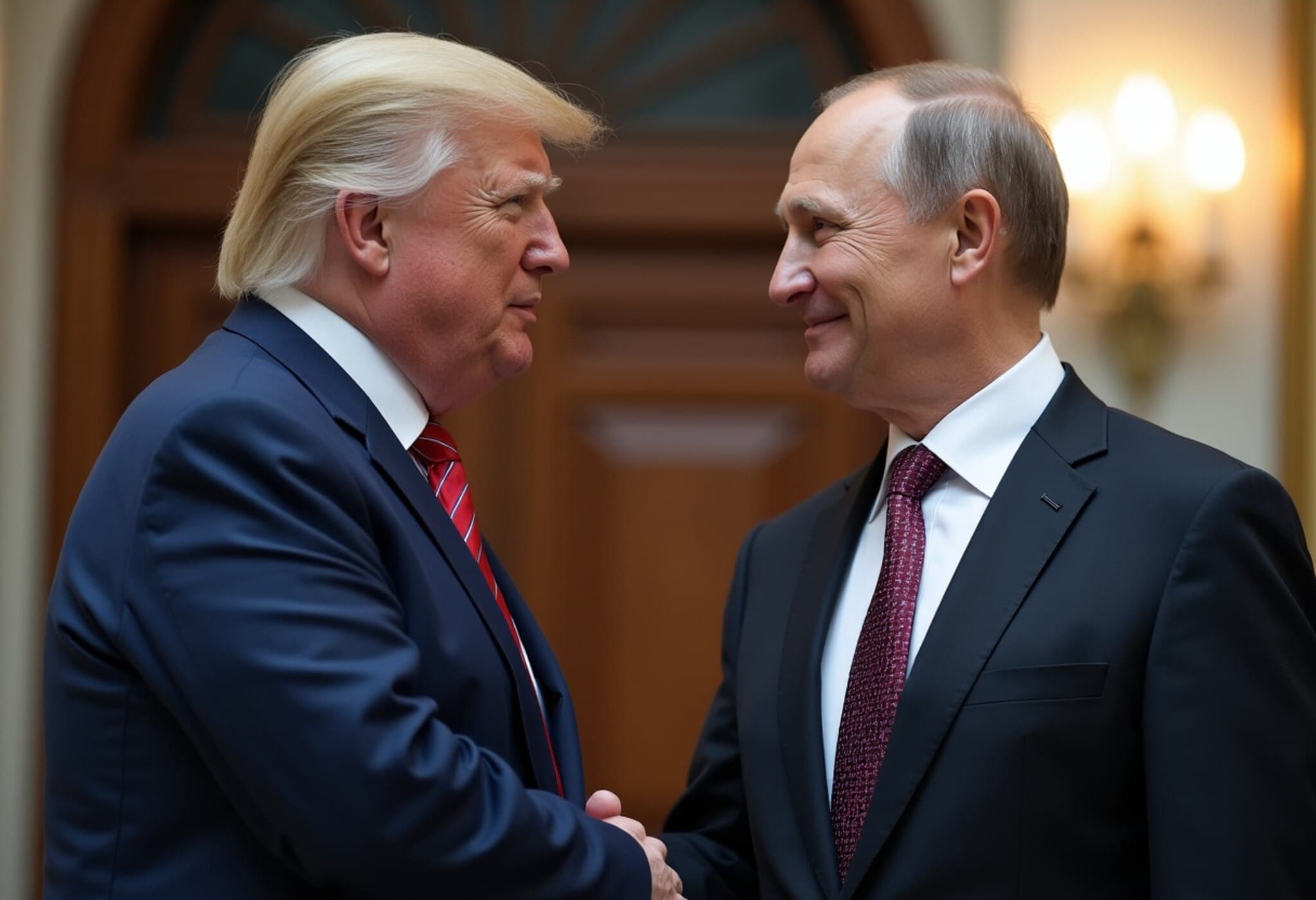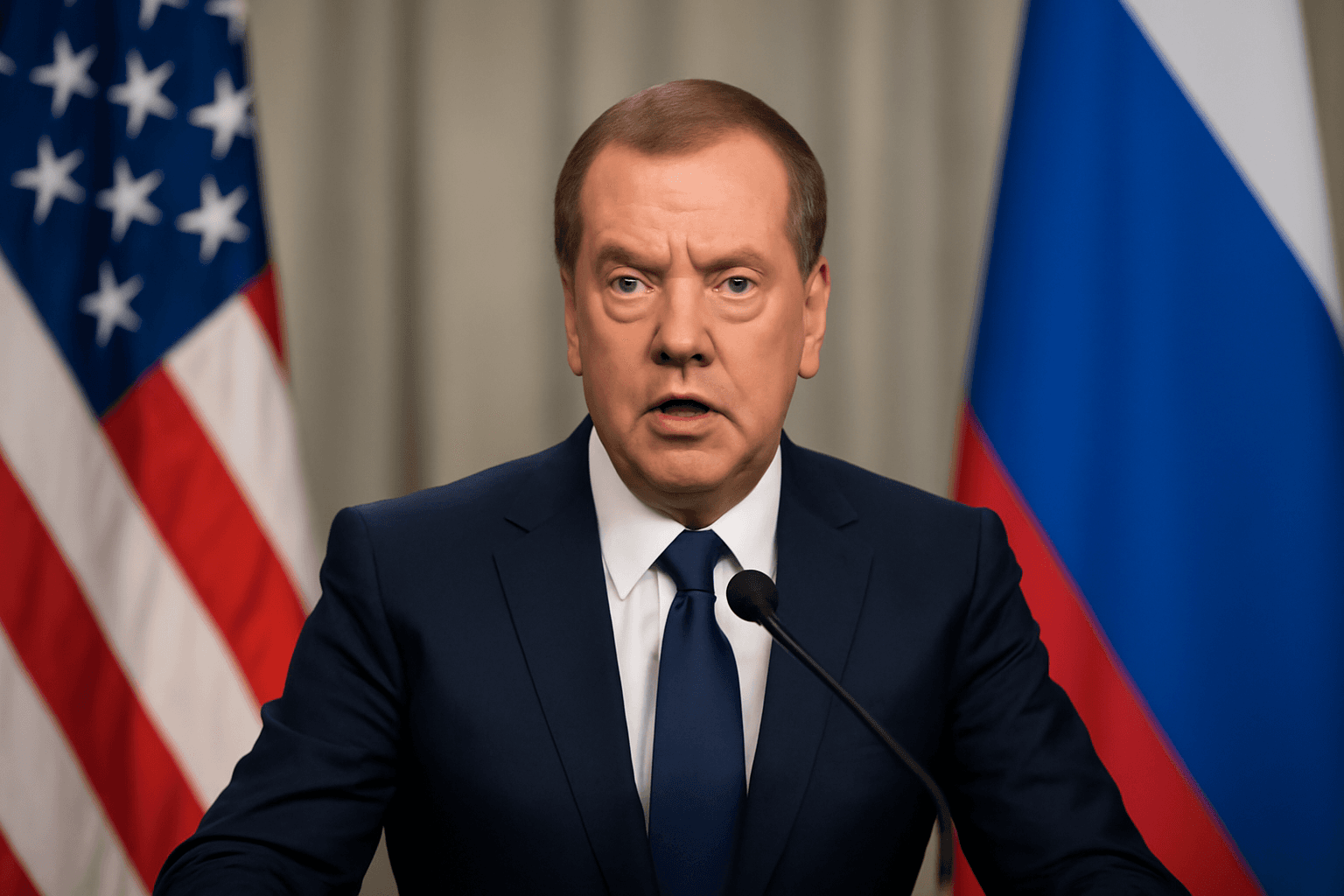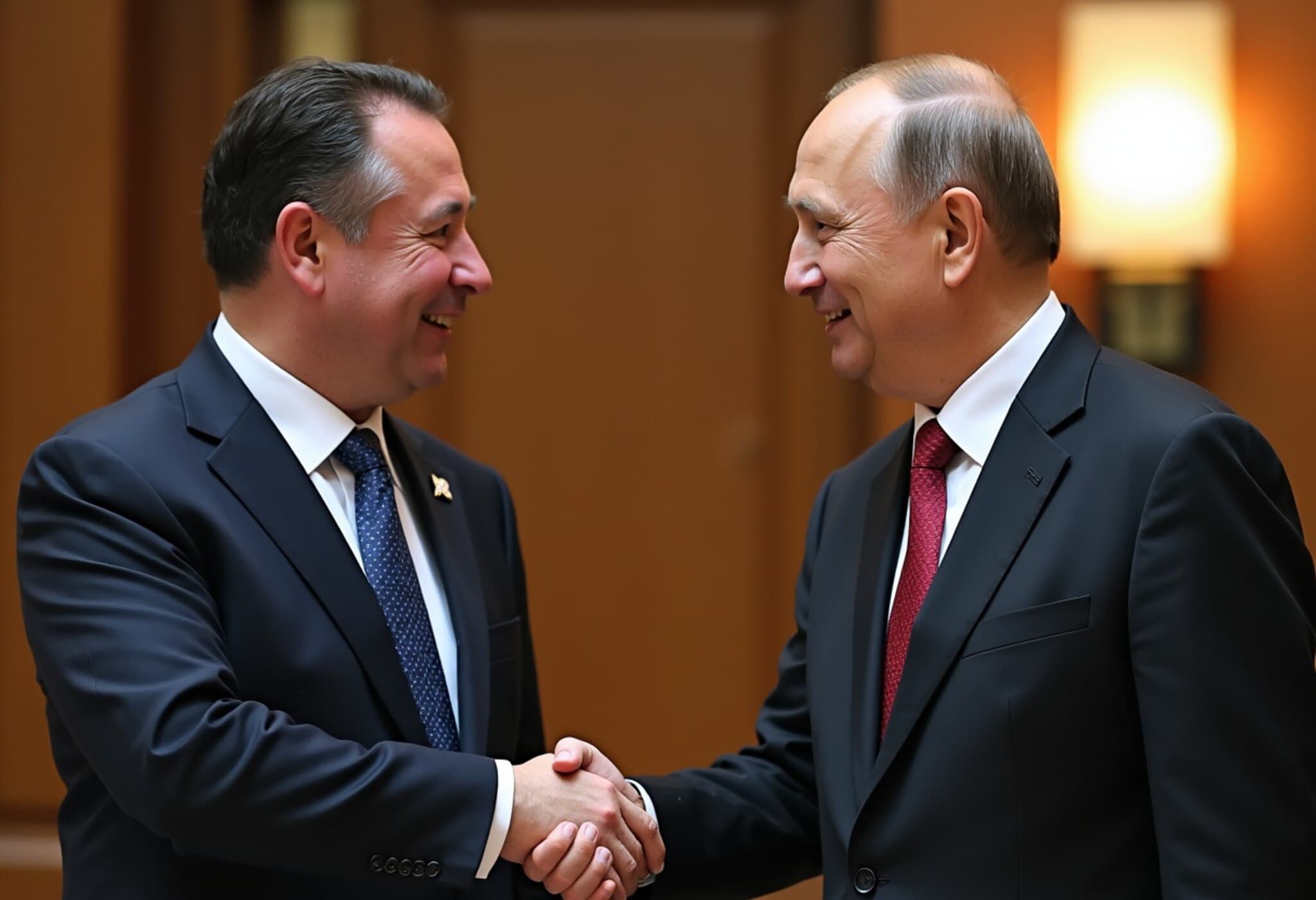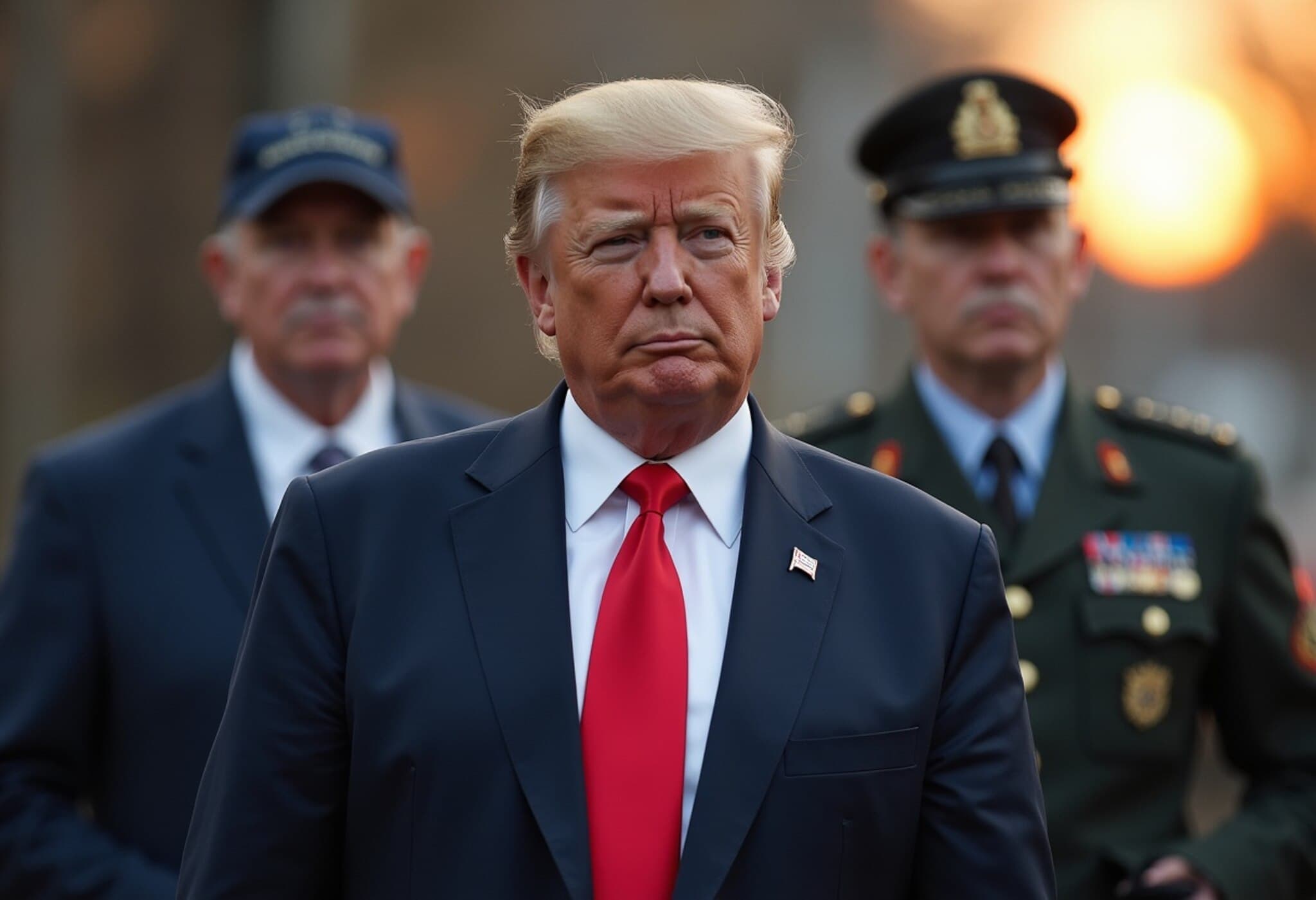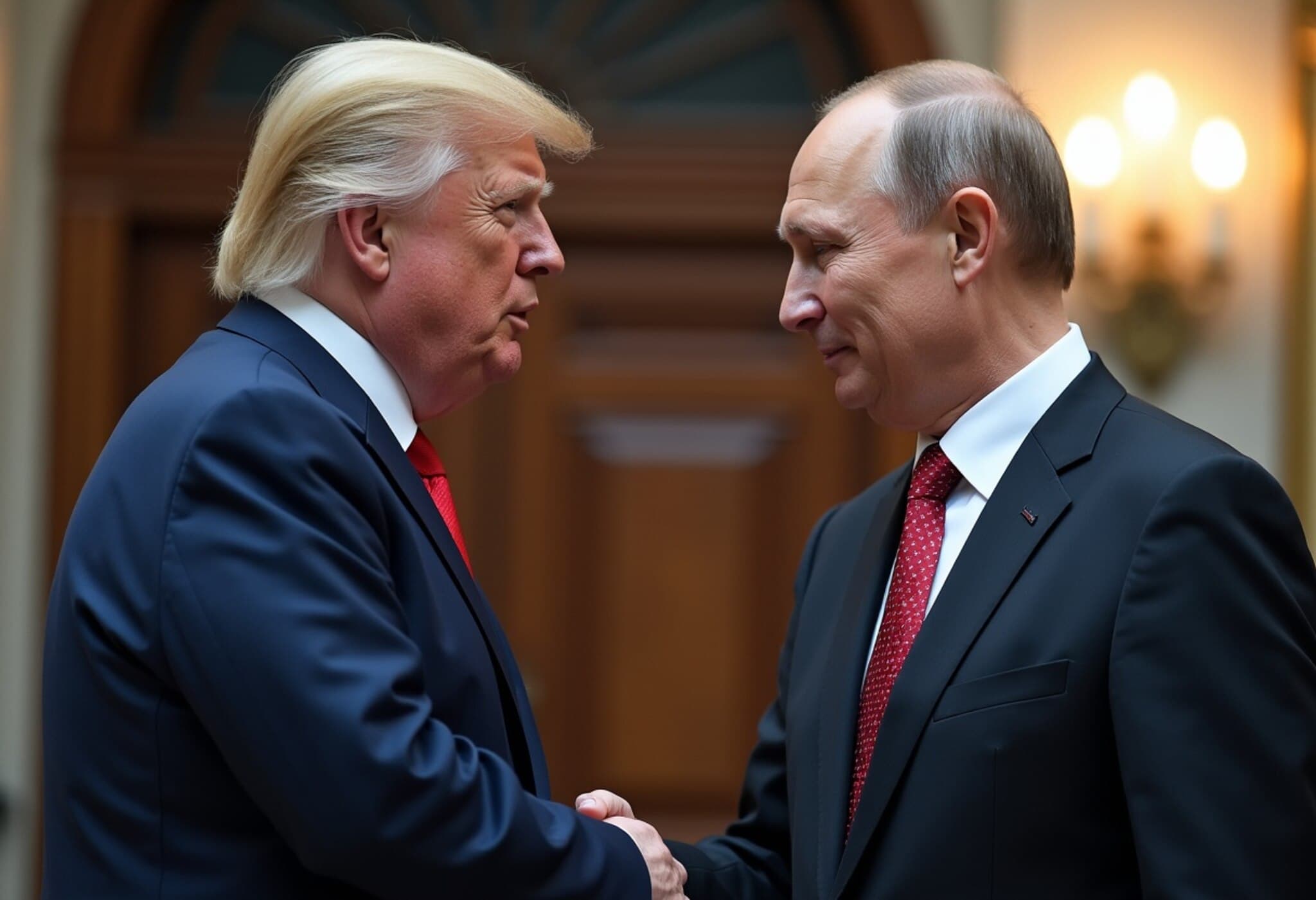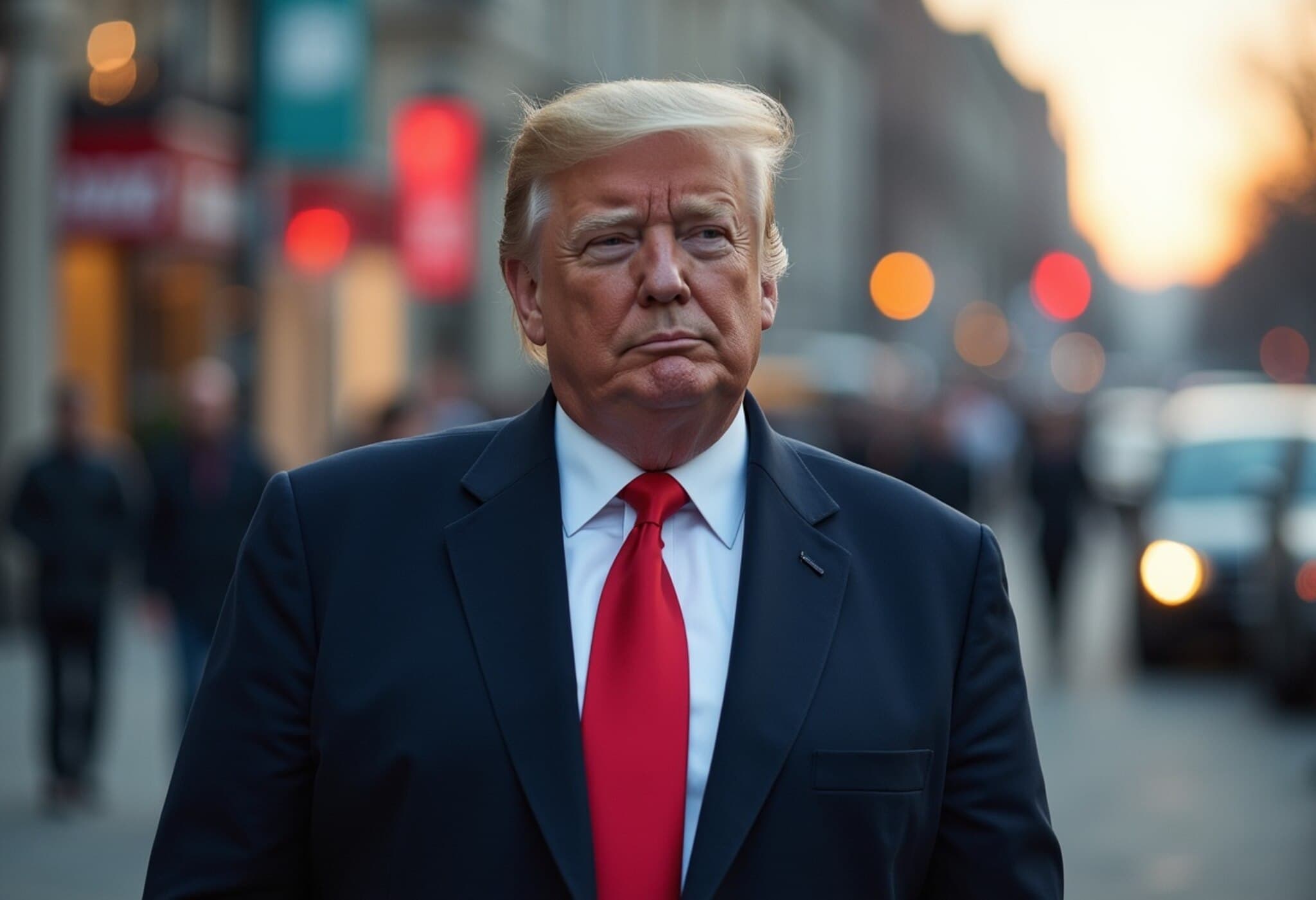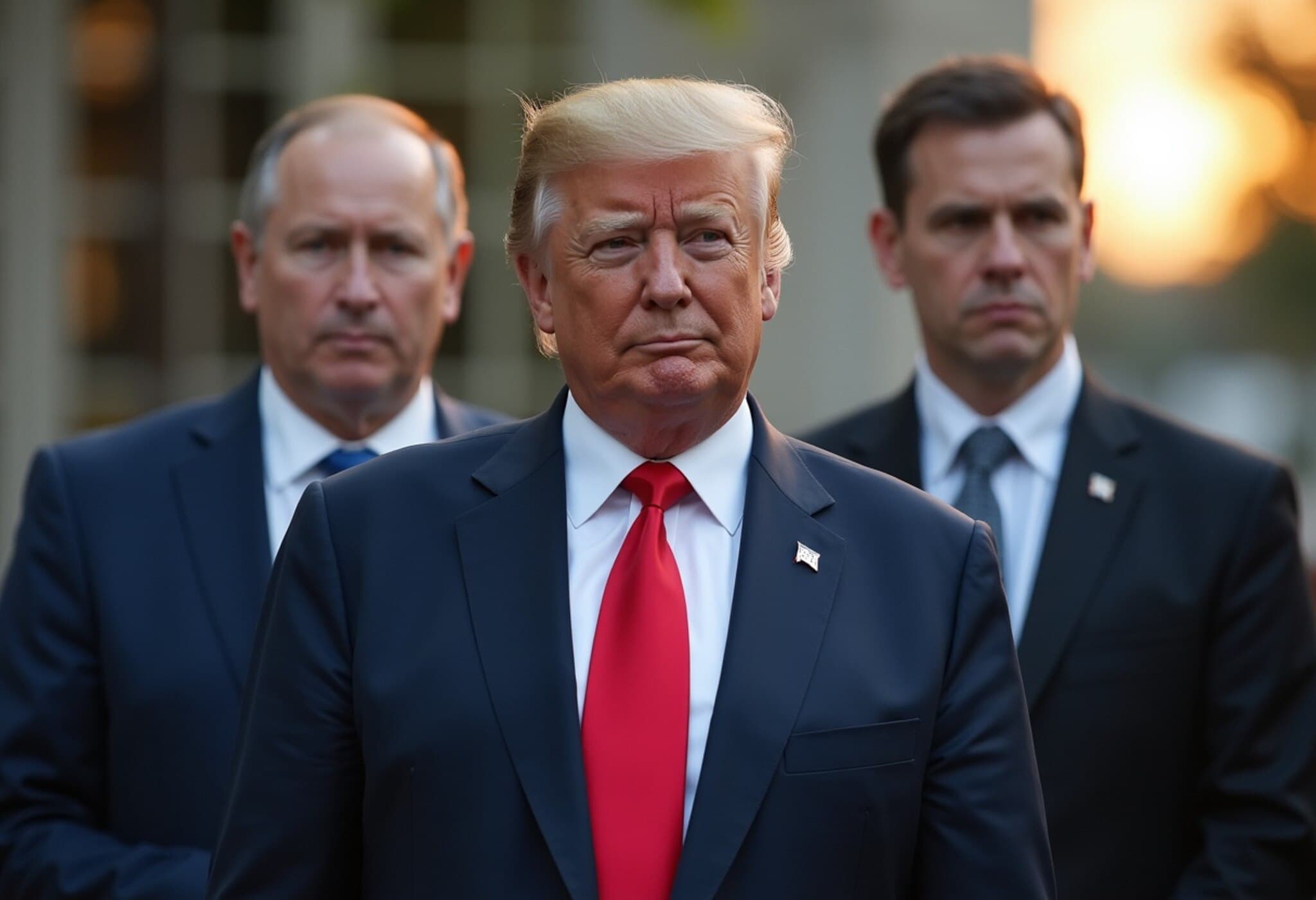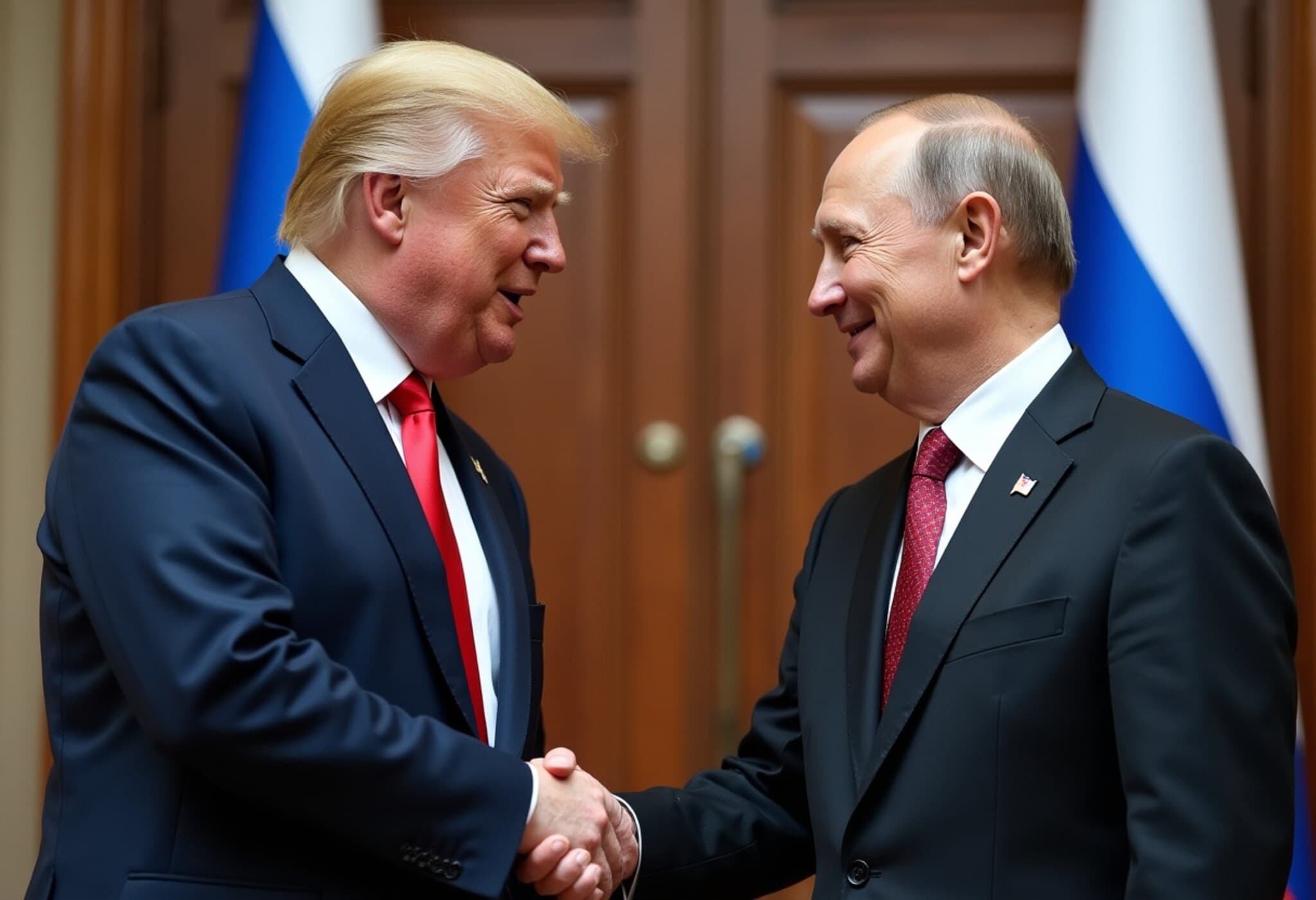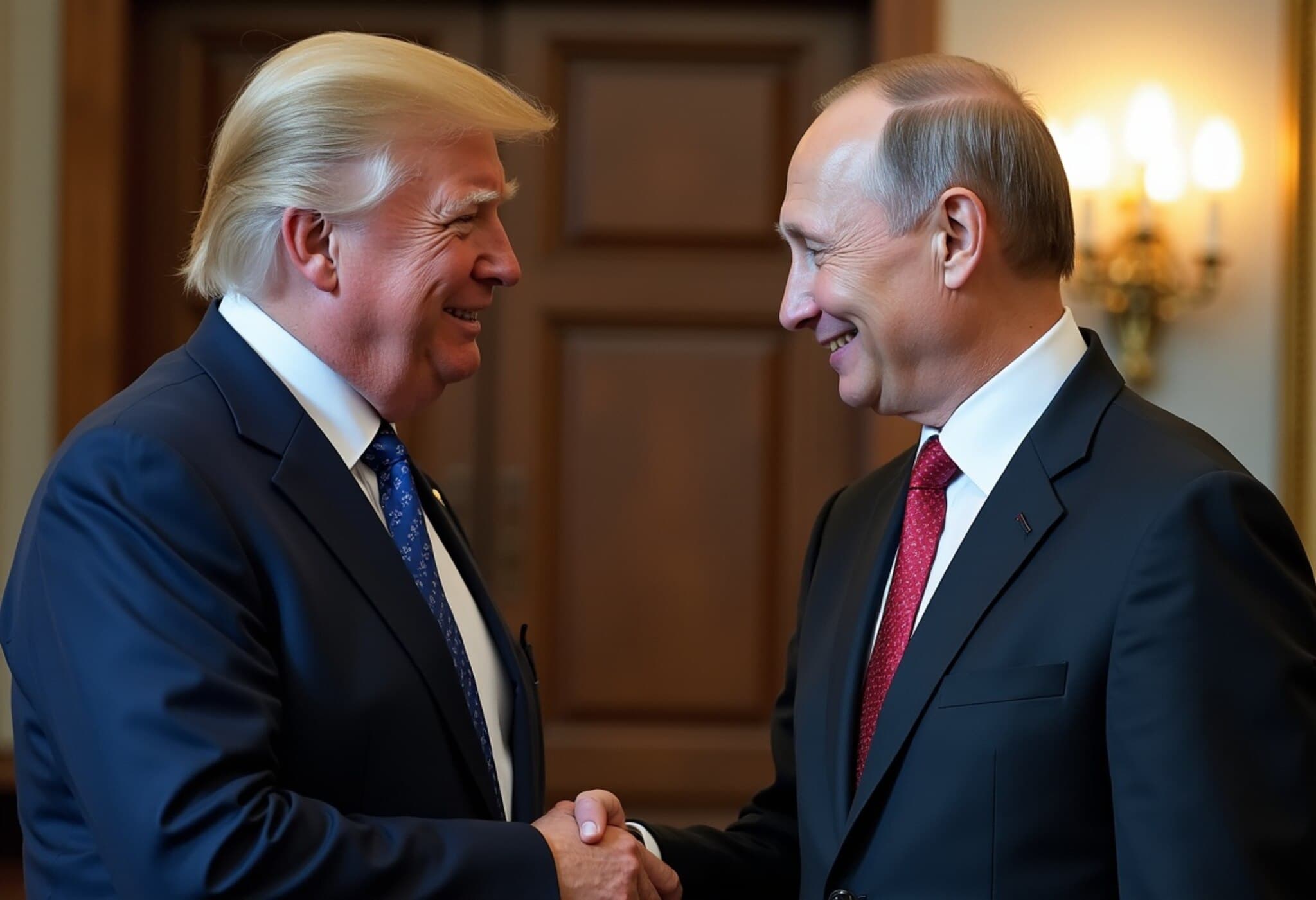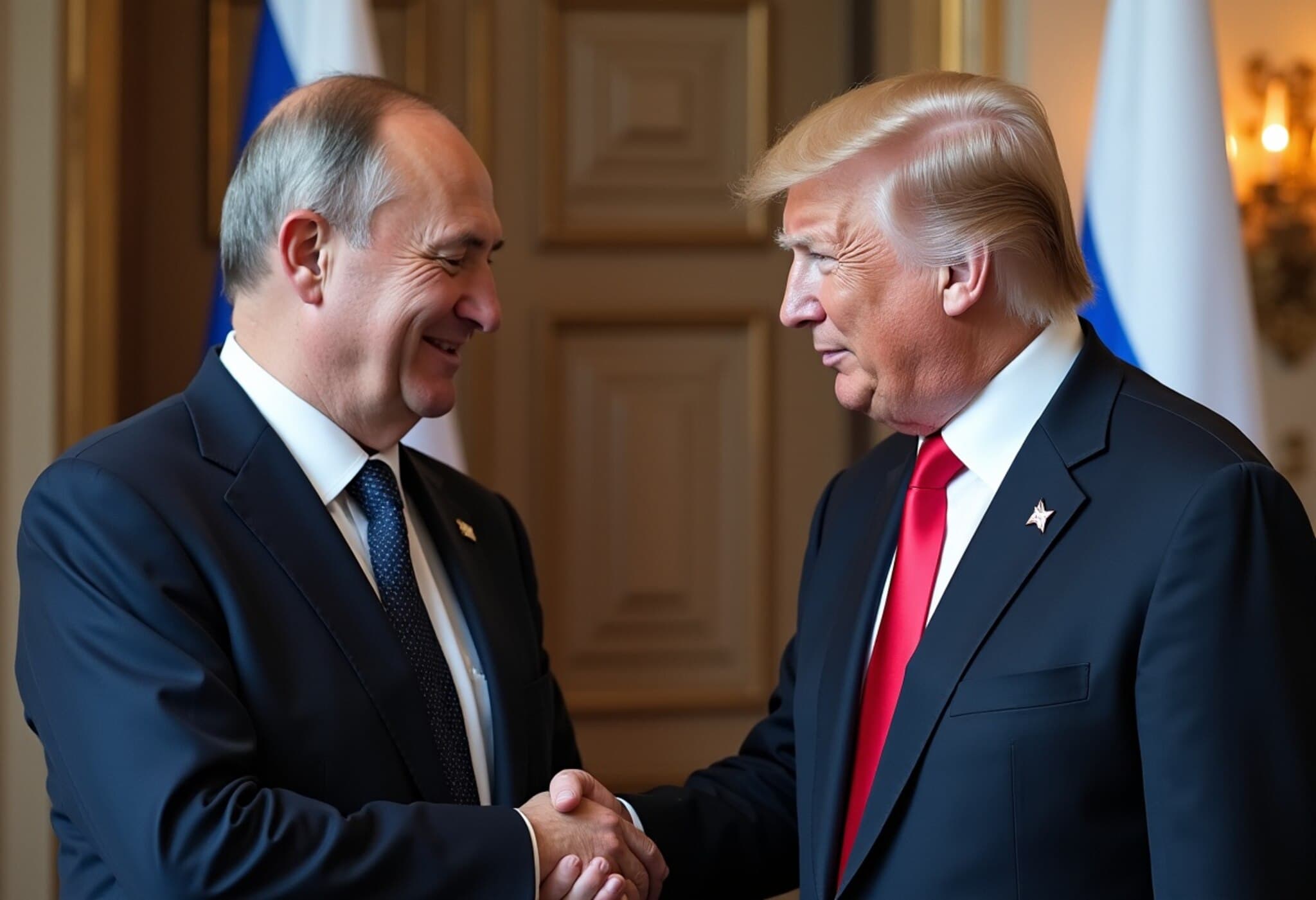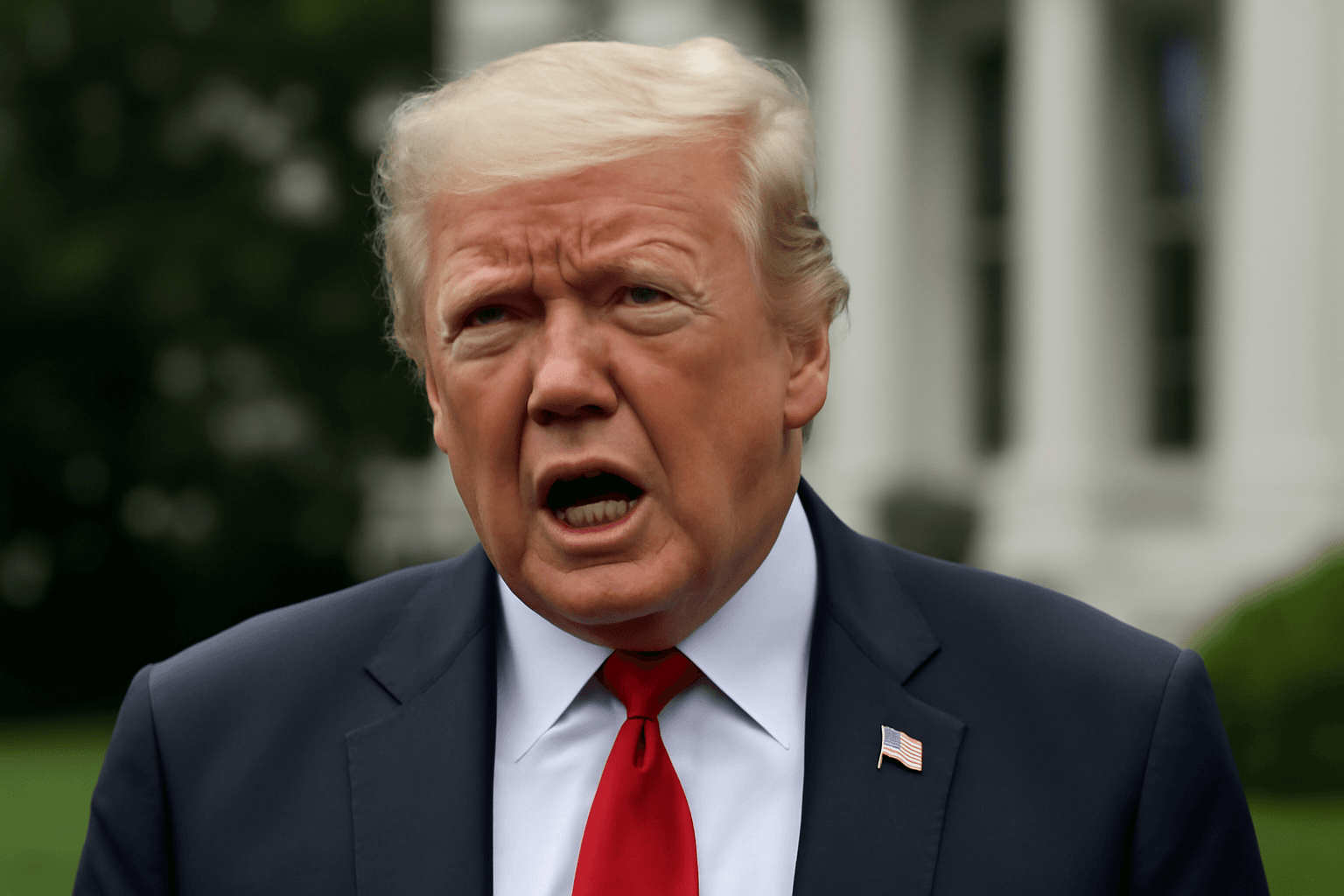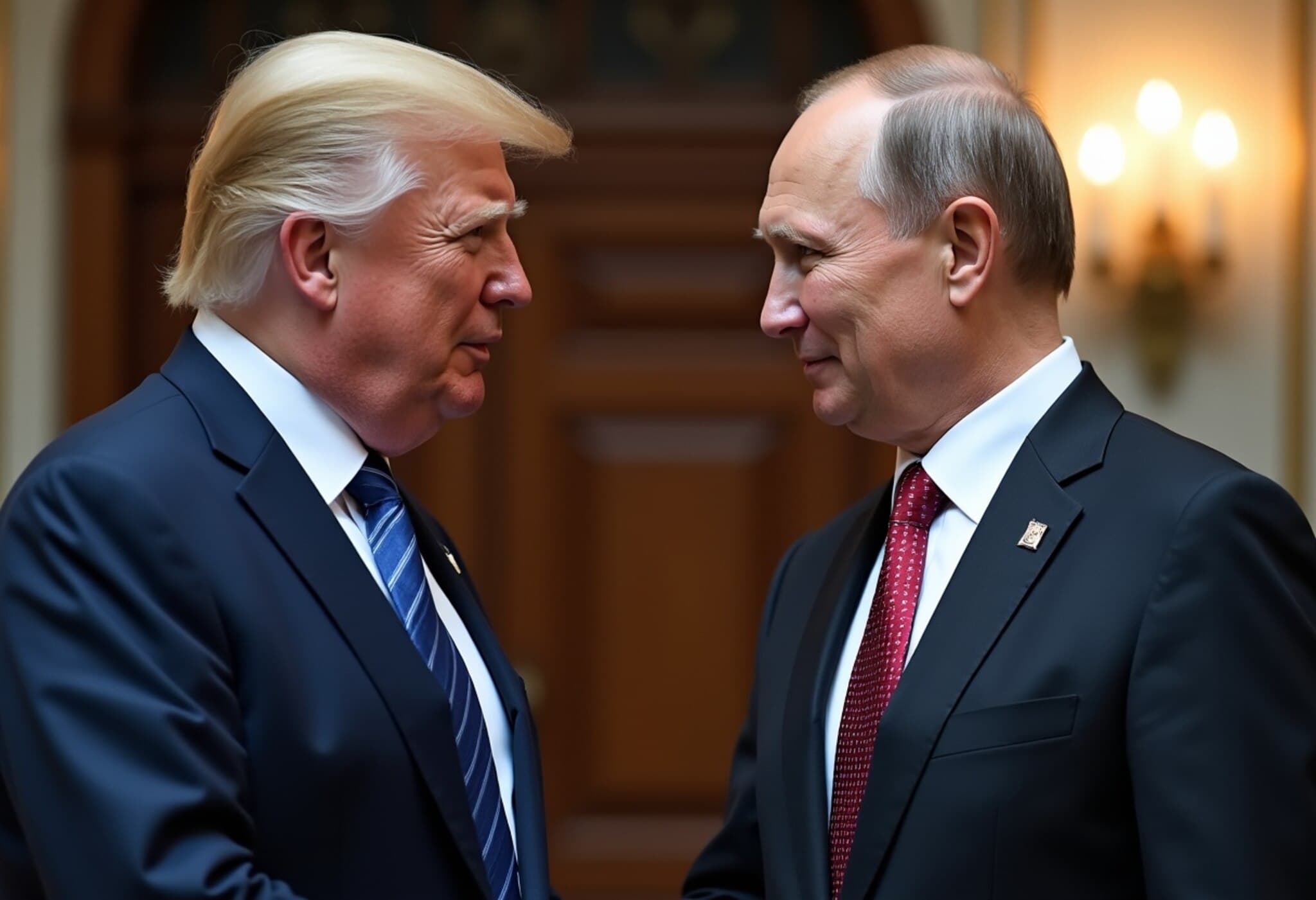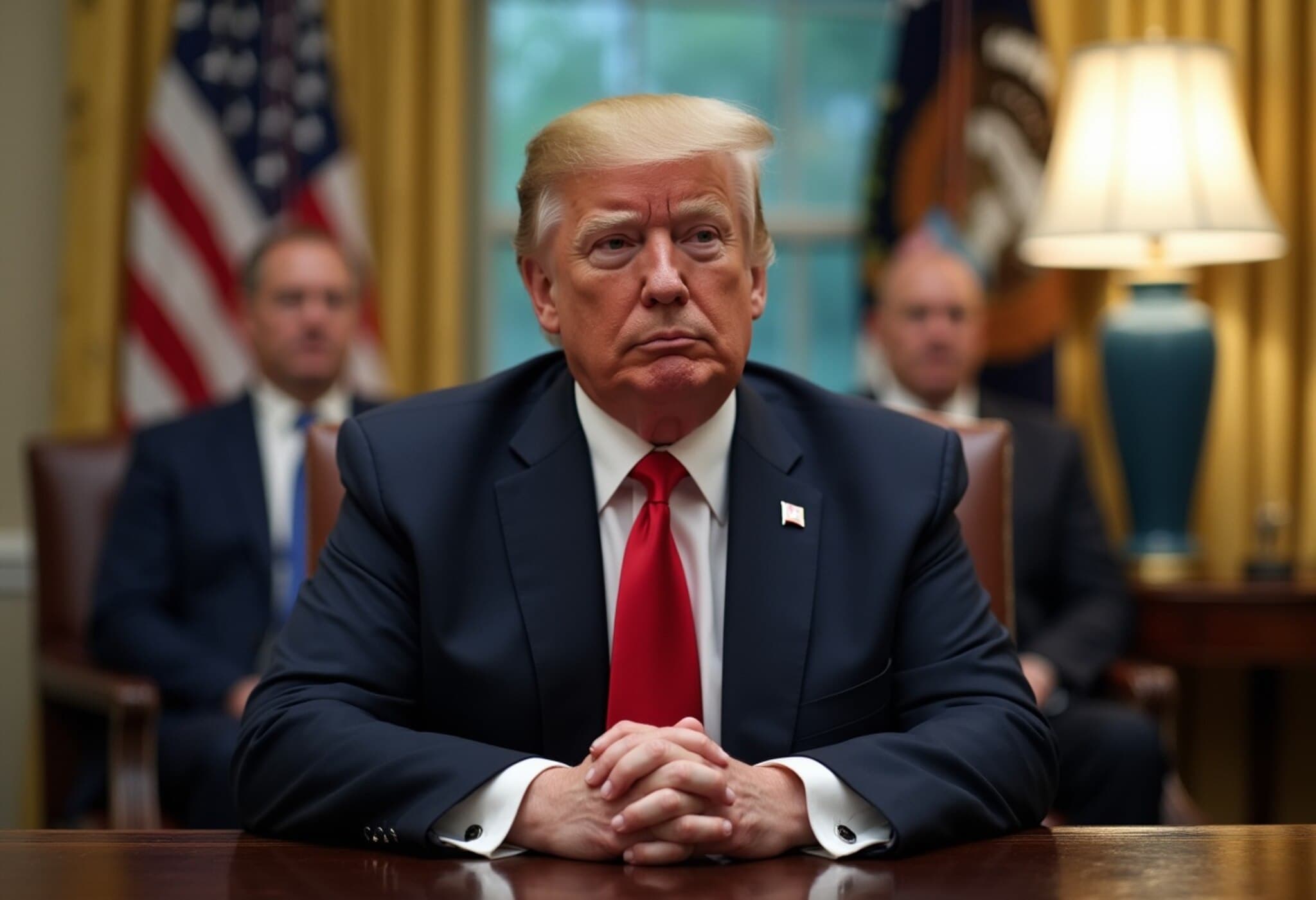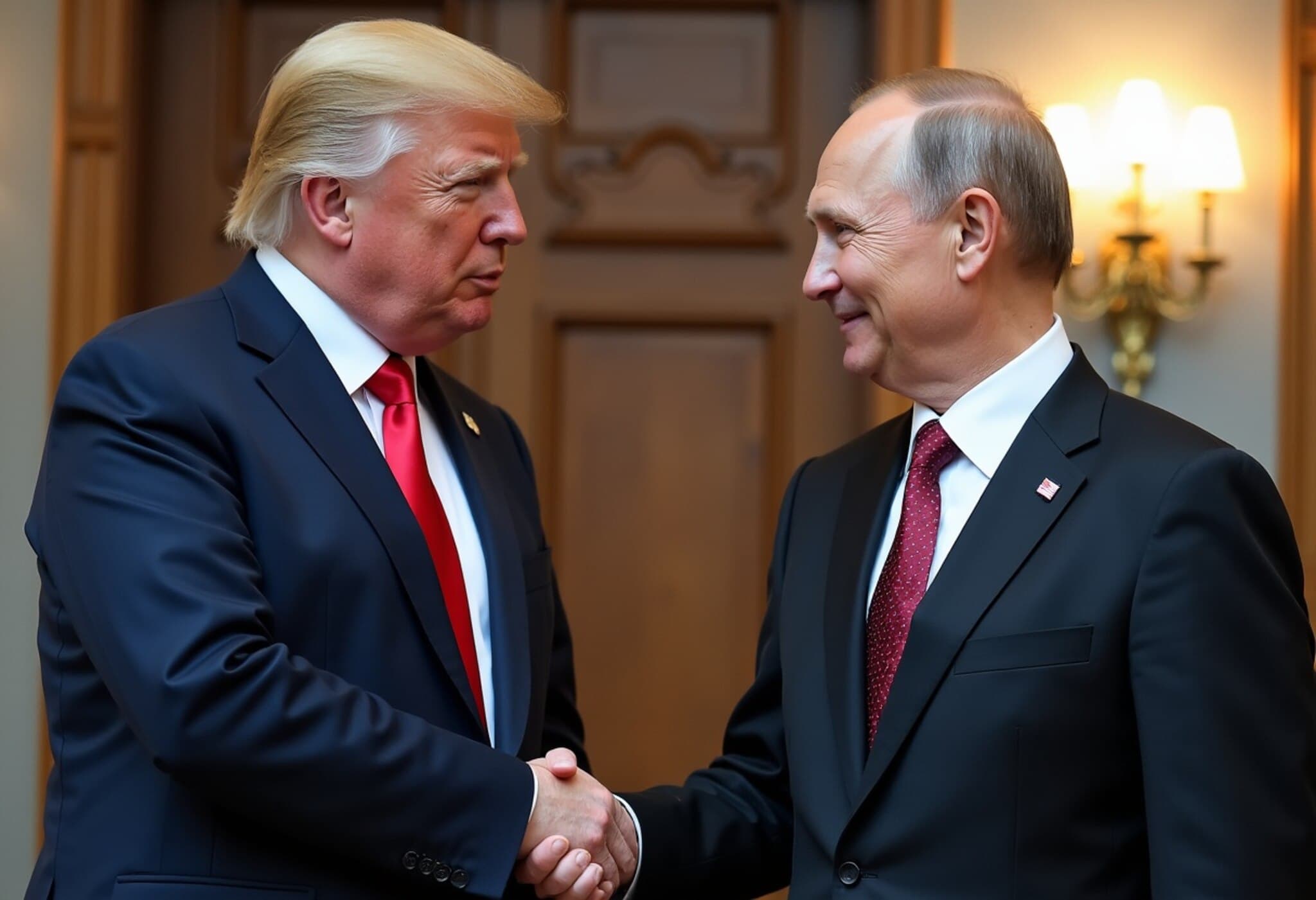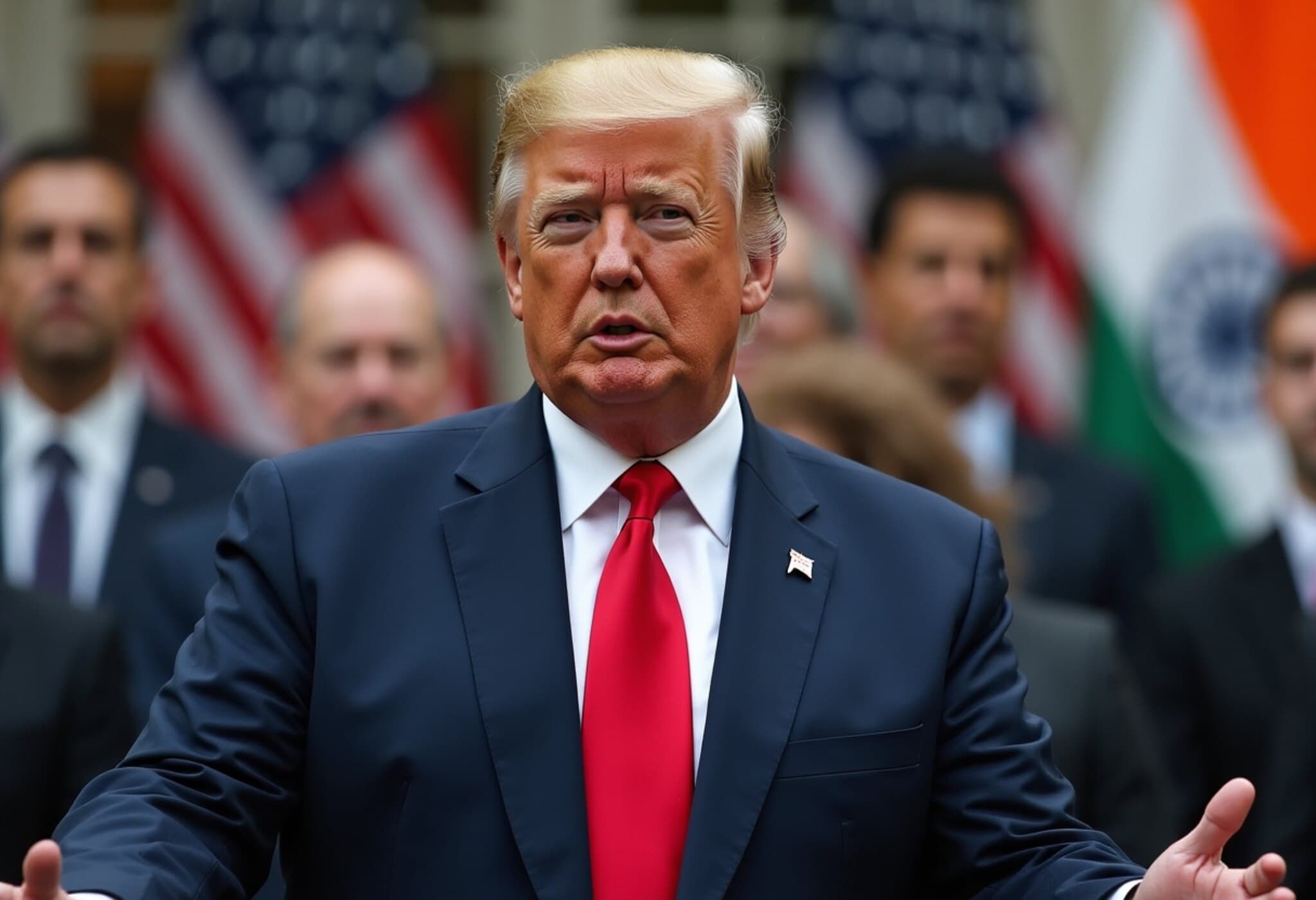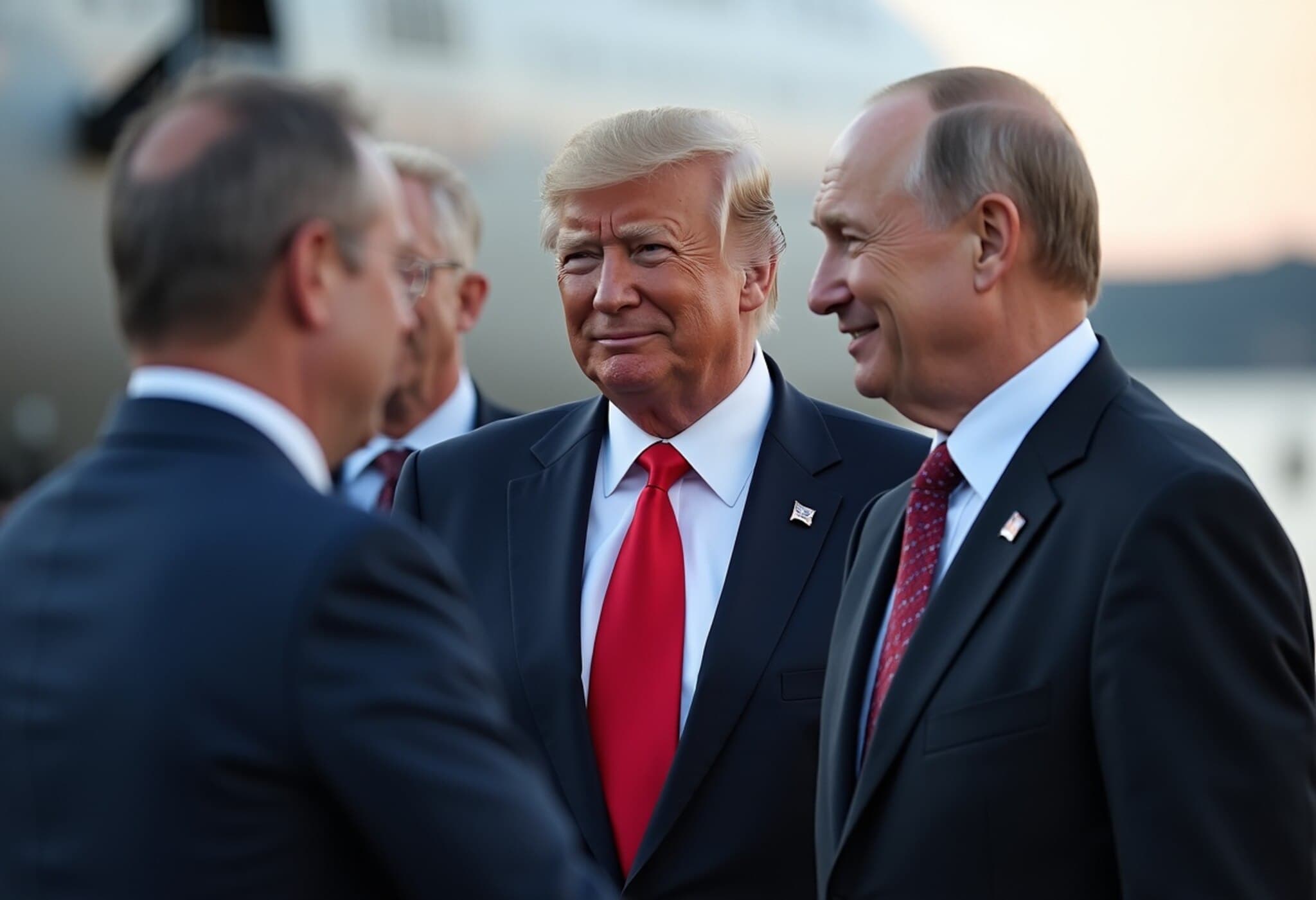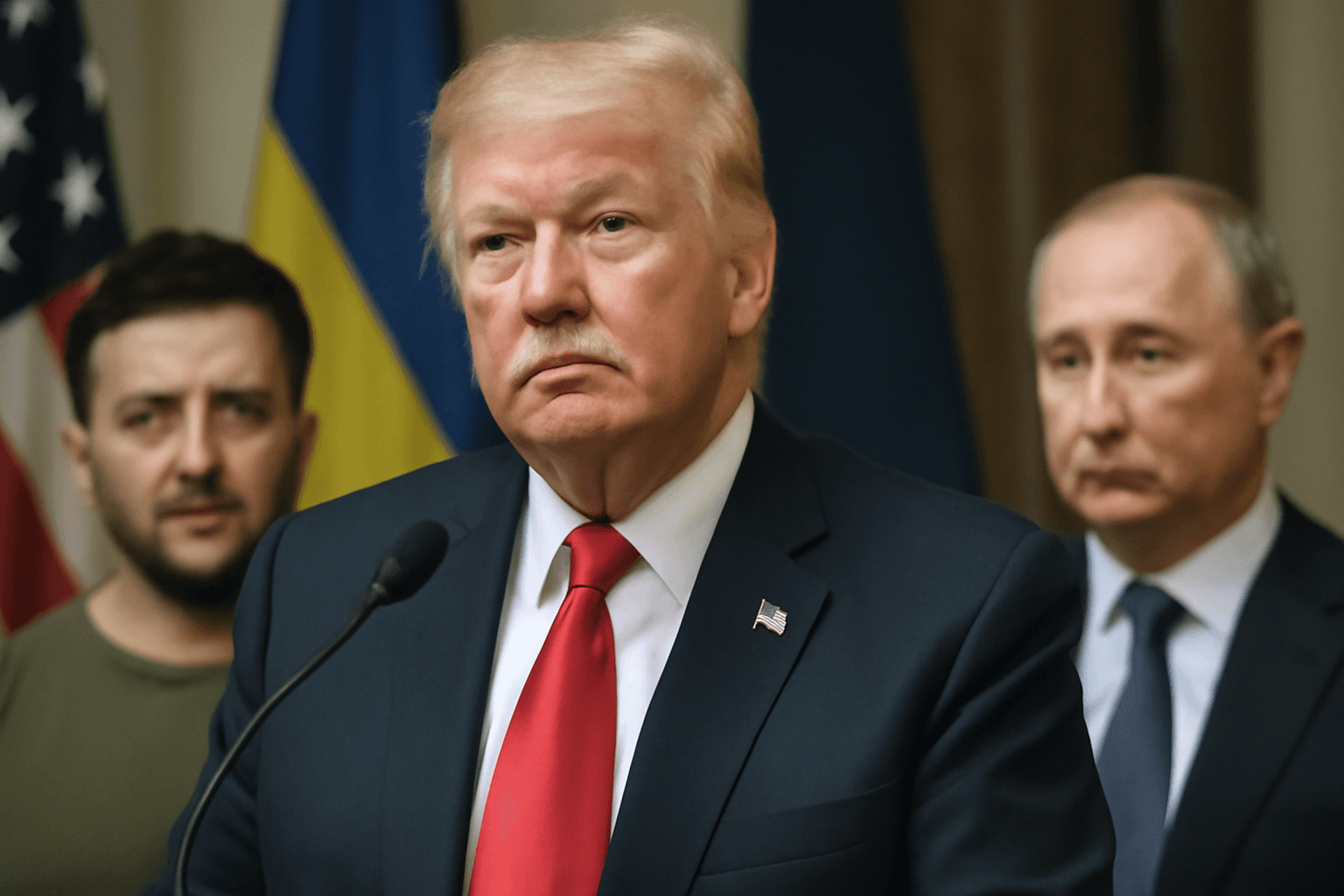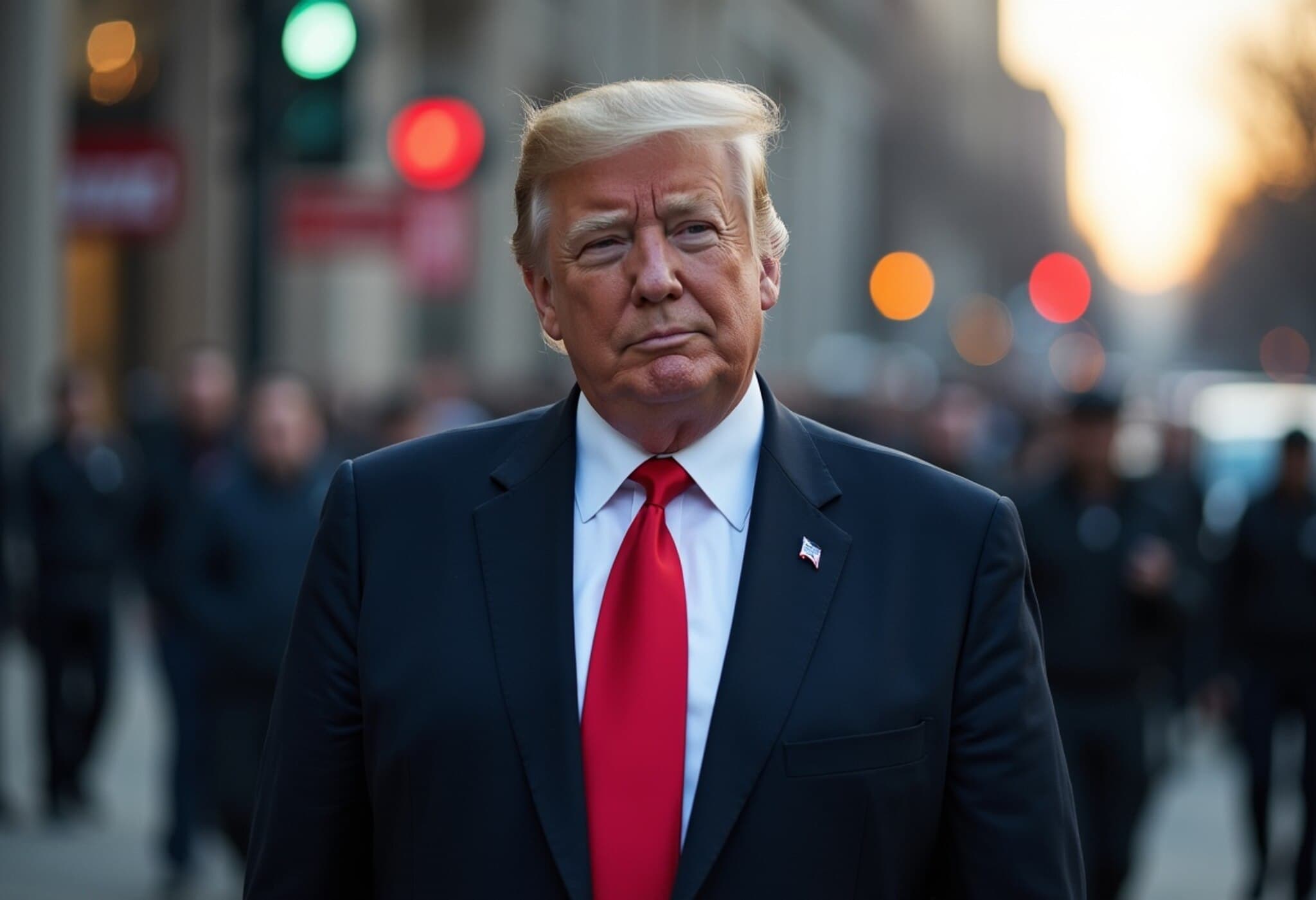Trump Commits to Pressuring Putin for Ukraine Ceasefire
In a striking development that has captured international attention, former U.S. President Donald Trump announced his intention to press Russian President Vladimir Putin for a ceasefire in Ukraine during their upcoming meeting in Alaska. Speaking to reporters, Trump expressed optimism about the possibility of rekindling dialogue between Russia and Ukraine, suggesting that a direct conversation between President Volodymyr Zelenskyy and Putin could be on the horizon.
Context of the Alaska Meeting
The planned high-stakes encounter between Trump and Putin comes at a critical juncture, as the conflict in Ukraine continues to weigh heavily on global politics and the stability of Eastern Europe. The meeting, set against the backdrop of rising tensions and sustained hostilities, carries an aura of cautious hope among diplomats and policymakers worldwide.
Trump’s role in initiating these discussions is particularly noteworthy given the complex history between his administration and Russia. His public announcement has reignited debate about the potential for former leaders to influence ongoing international conflicts.
Expert Analysis: The Challenges of Diplomatic Pressure
Experts caution that while direct pressure on Putin might open channels for negotiation, the path to a meaningful ceasefire is fraught with obstacles. Dr. Elaine Roberts, a senior analyst at the Center for Strategic and International Studies, explains, "Diplomacy with Russia requires a nuanced approach that balances firmness with willingness to engage. Any negotiation must consider broader geopolitical stakes, including NATO's posture and Ukraine’s sovereignty."
Moreover, the Ukrainian government's response is a crucial factor. President Zelenskyy has consistently emphasized the need for Ukraine’s territorial integrity, a position unlikely to soften without clear assurances and international backing.
Implications for U.S. Foreign Policy and Global Stability
This development could signal a shift in U.S. foreign policy dynamics, especially coming from a former president outside current administrations. The meeting raises important questions about the influence and legitimacy of ex-state leaders in shaping diplomatic initiatives.
Additionally, the prospect of direct talks between the Kremlin and Kyiv, facilitated or catalyzed by Trump’s diplomatic engagement, could alter the trajectory of the conflict. However, skepticism remains high among Western allies who stress that any ceasefire must be verified and enforceable to ensure lasting peace.
What to Watch Next
- Details and outcomes of the Alaska meeting between Trump and Putin.
- Responses from the Ukrainian government regarding engagement proposals.
- Reactions from NATO and European Union officials on this diplomatic overture.
- Subsequent steps toward scheduling direct talks between Zelenskyy and Putin.
Editor’s Note
The announcement of this meeting highlights the unpredictable nature of international diplomacy in a world still grappling with the complexities of the Ukraine conflict. While the idea that a former president could broker or influence peace talks might seem unconventional, it underscores a broader reality: global crises often require innovative, albeit sometimes contentious, approaches to break deadlocks.
As this story develops, it invites us to reflect on the roles individuals and informal diplomacy can play alongside formal state channels. Above all, it reminds us of the urgent human cost behind geopolitical maneuvers—millions of lives affected by the ongoing war await any tangible steps toward peace.

